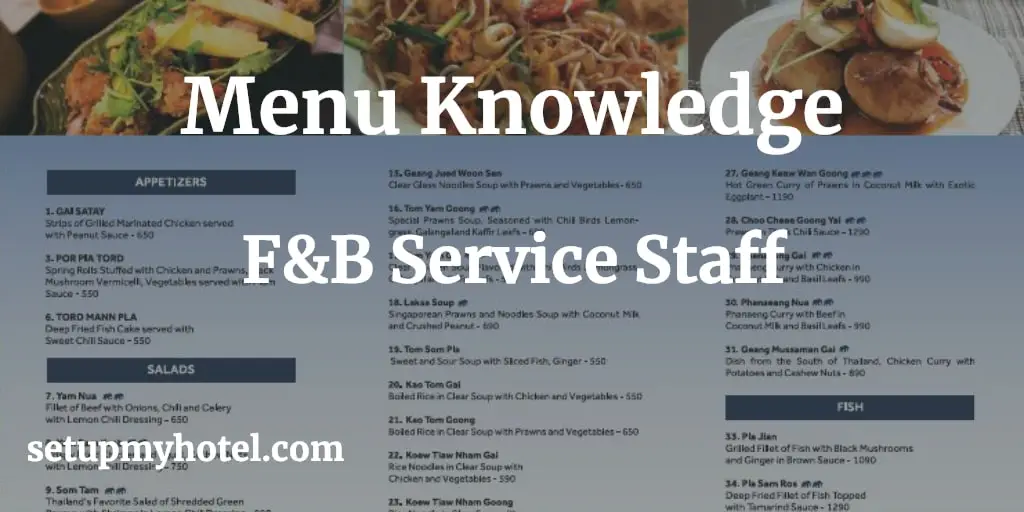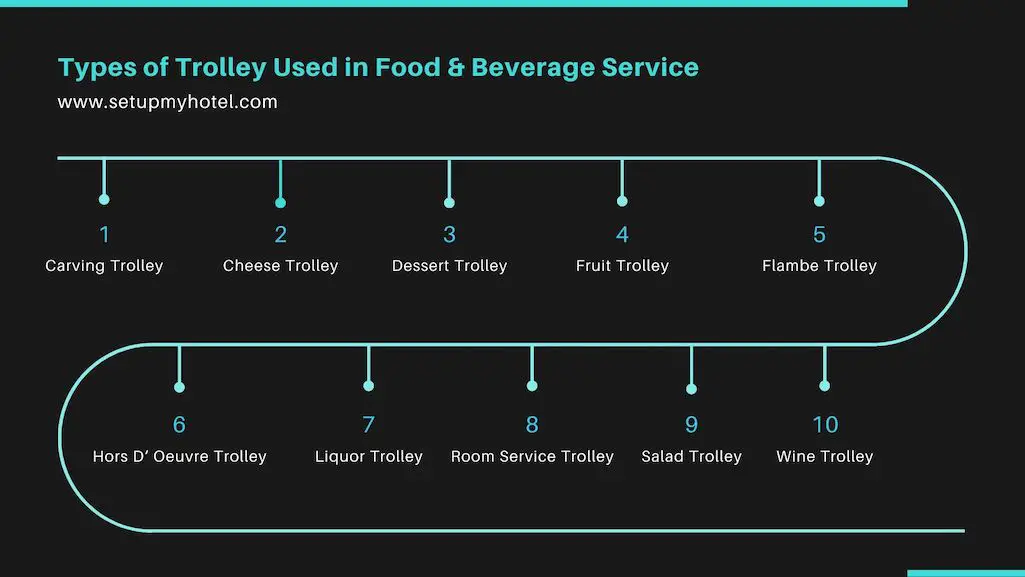39 Types of Sandwiches / Classification of Sandwich
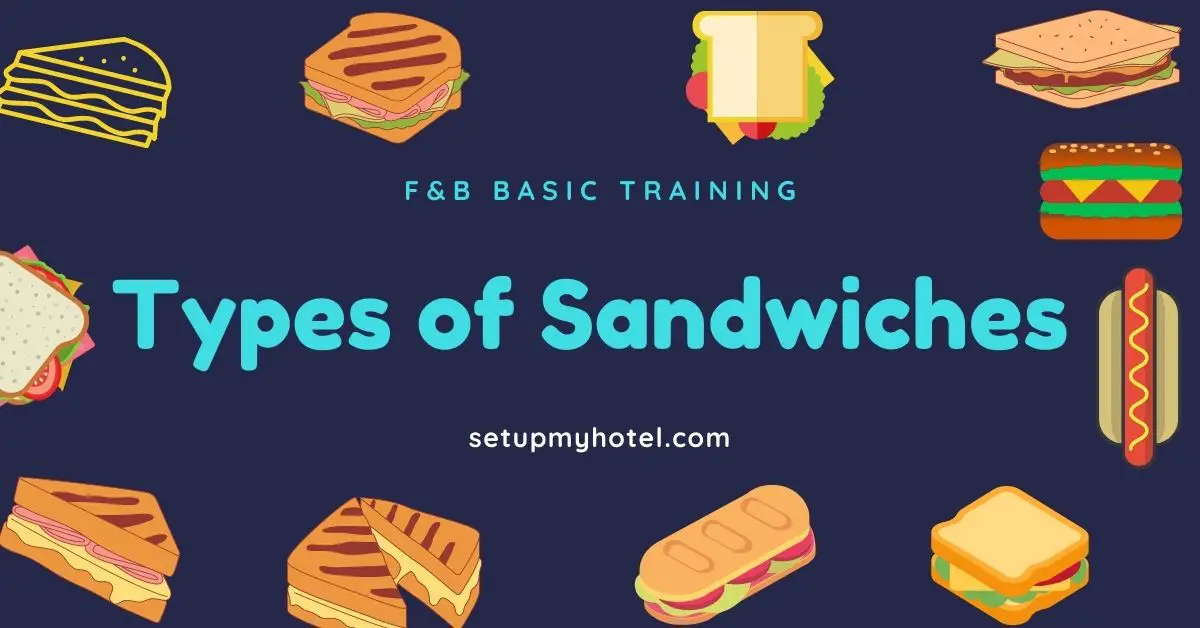
Types of Sandwiches / Classification of Sandwiches Sandwiches are a popular food item that are enjoyed all over the world. ...
Read more
18 Types Of Service In Hotel / Classification Of F&B Service
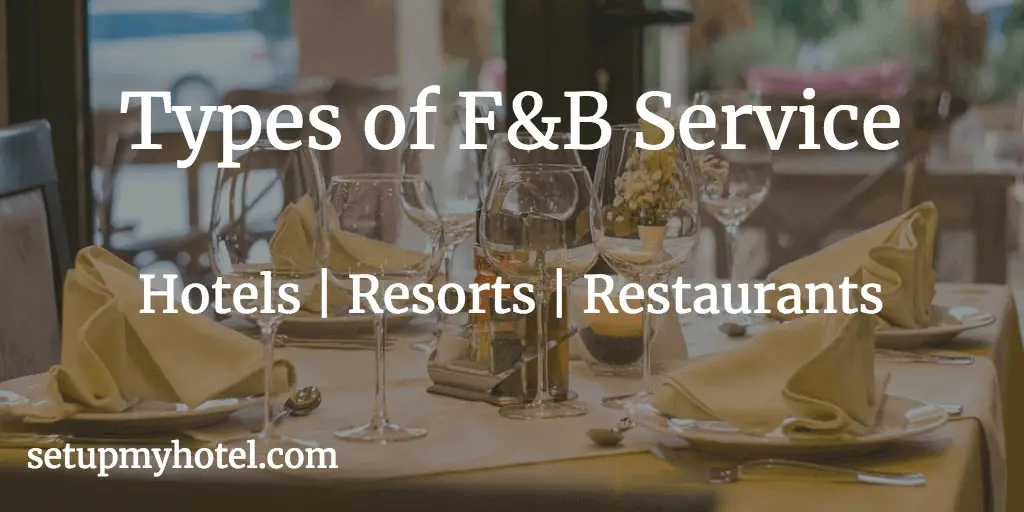
Different Types of Service in Hotels – Types of F&B Service When it comes to hotels, there are various types ...
Read more
4 Types Of F&B Par Stocks

What are the types of Food & Beverage Par Stocks The food and beverage industry, “par stock” refers to the ...
Read more
Room Service / In-Room Dining Department Layout Or Design
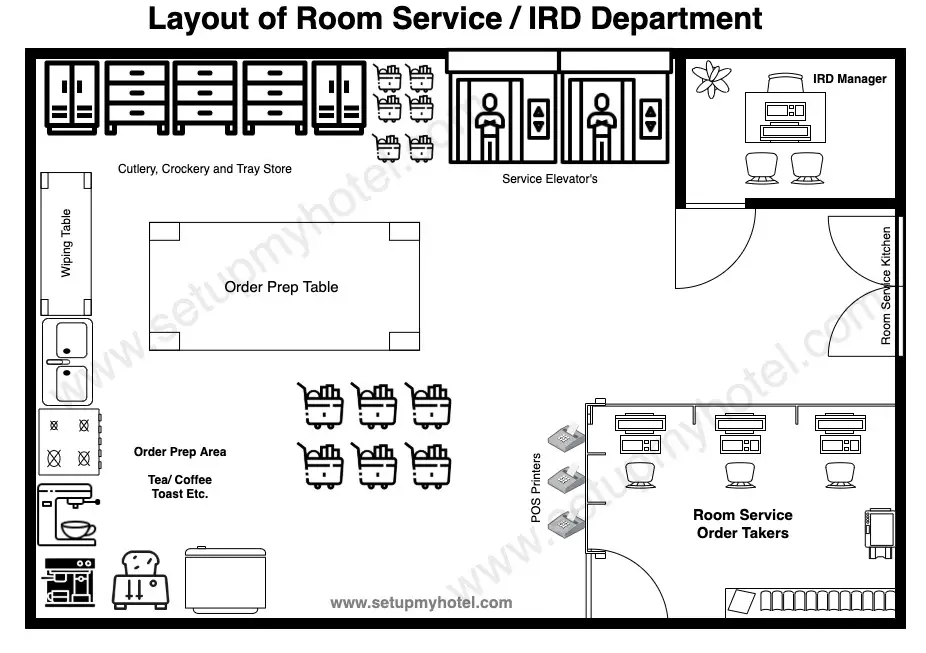
Standard Layout of Room Service / In-Room Dining (IRD) The layout of a hotel room service department can vary depending ...
Read more
Types Of Spoons And Knives Used For Food & Beverage (F&B) Service
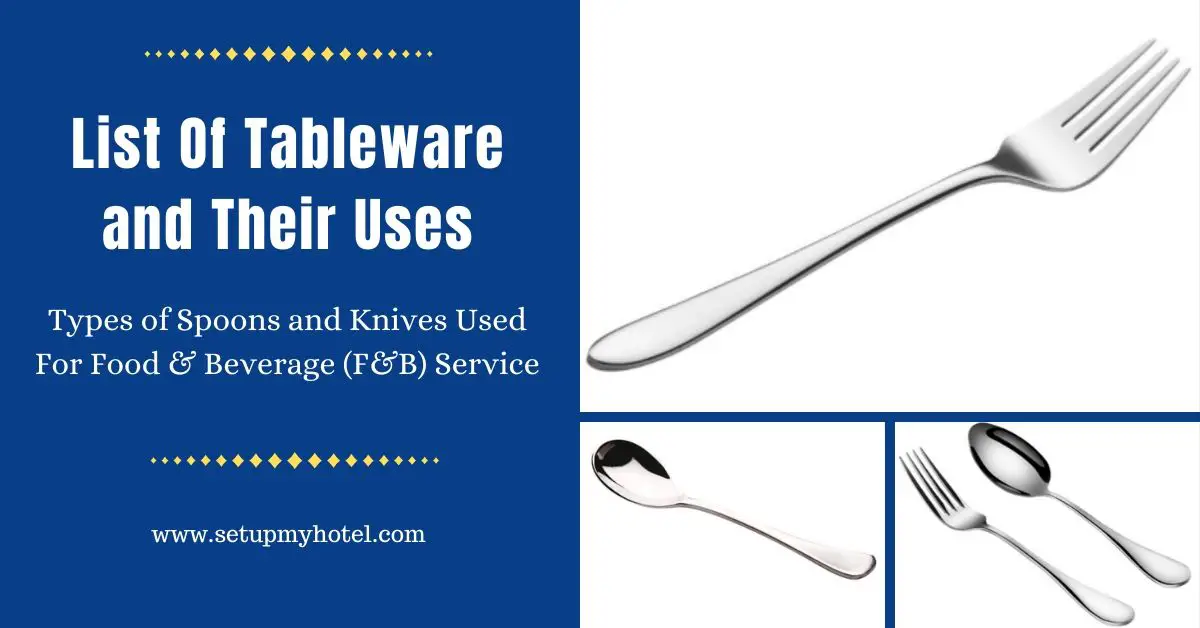
Different Types of Spoons and Forks Used in Food and Beverage Services In the food and beverage industry, there are ...
Read more
History Of The Food Service Industry [Timeline]
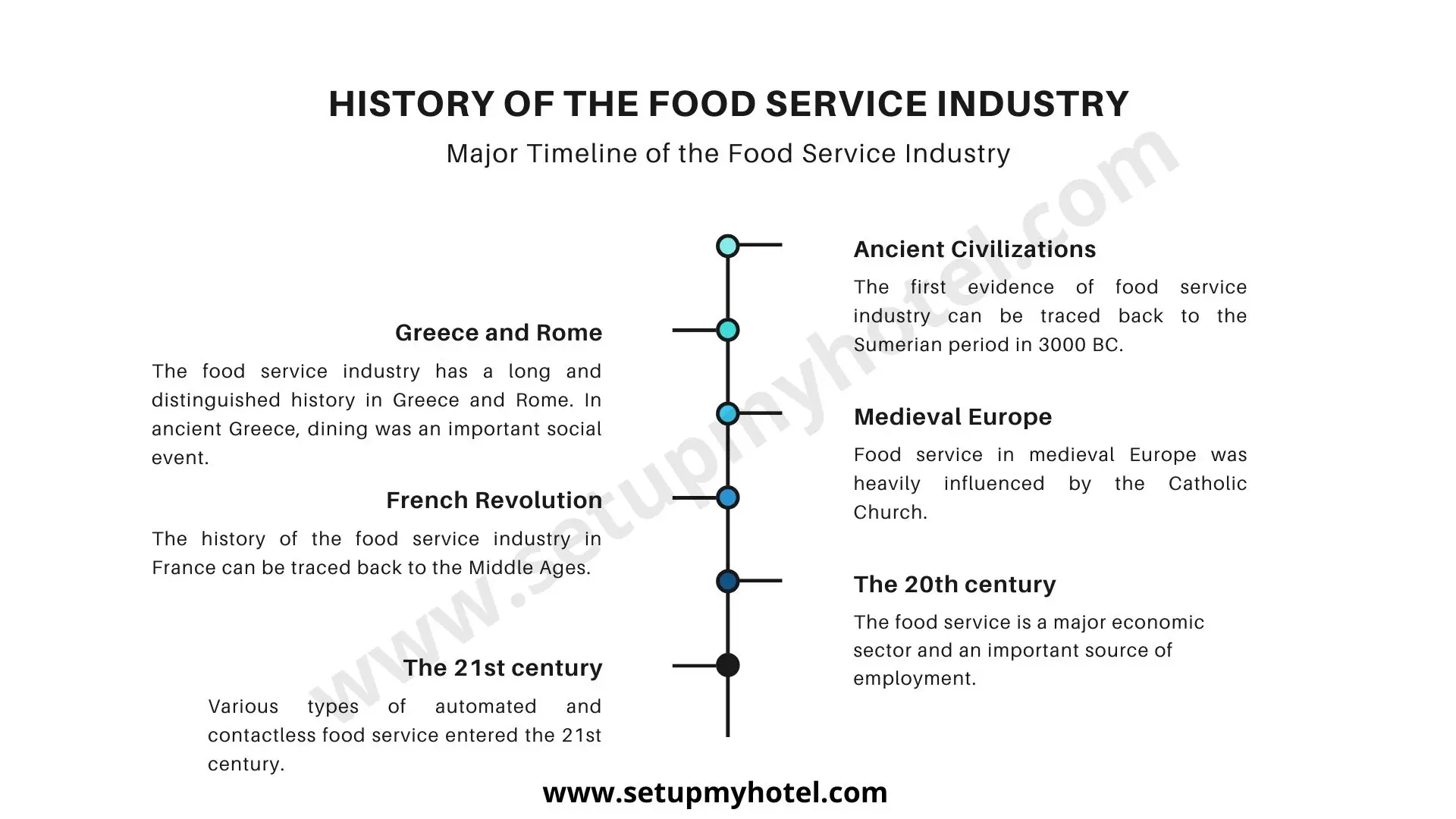
History Of The Food Service Industry The Introduction: One of the most fascinating developments in the history of food service ...
Read more
